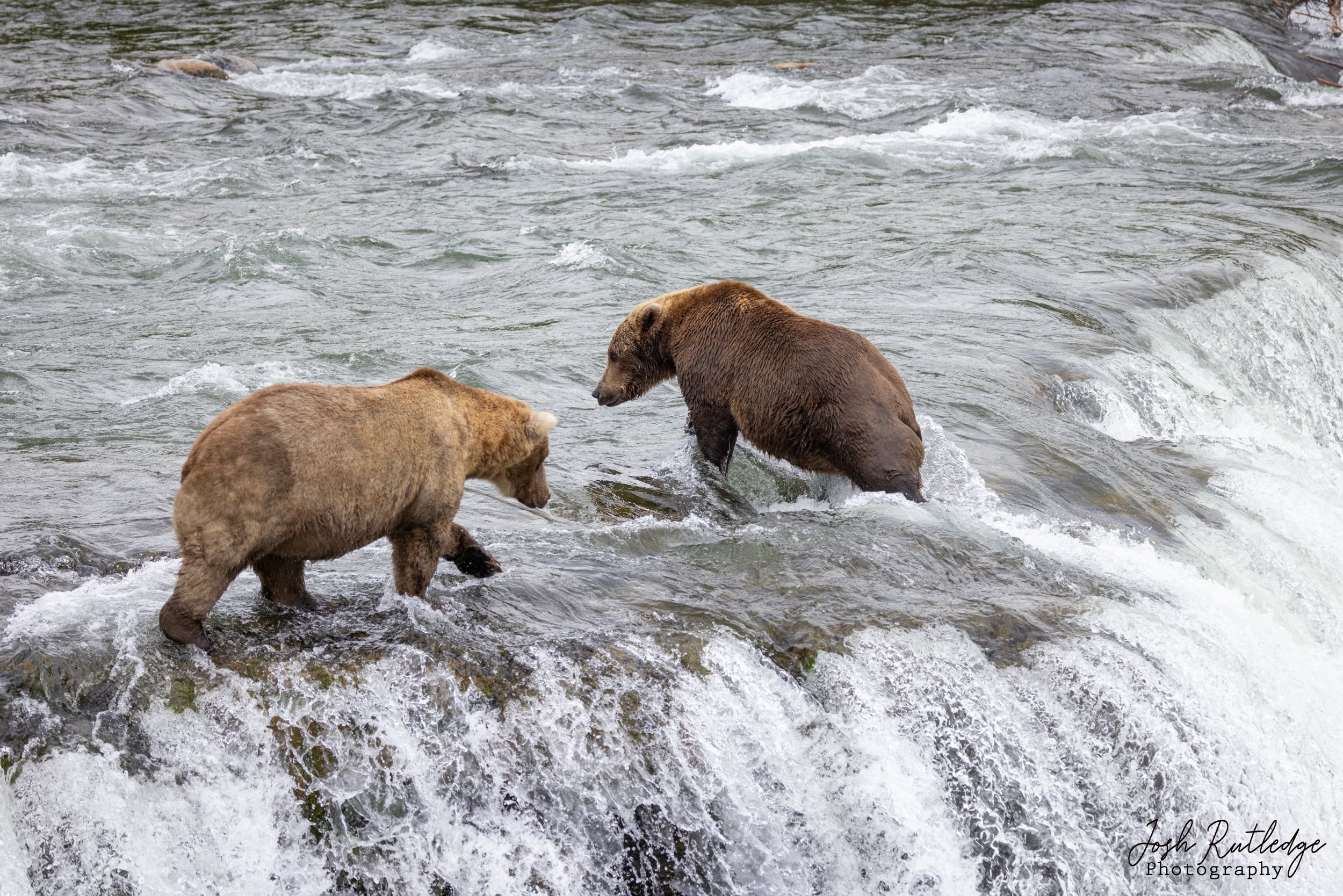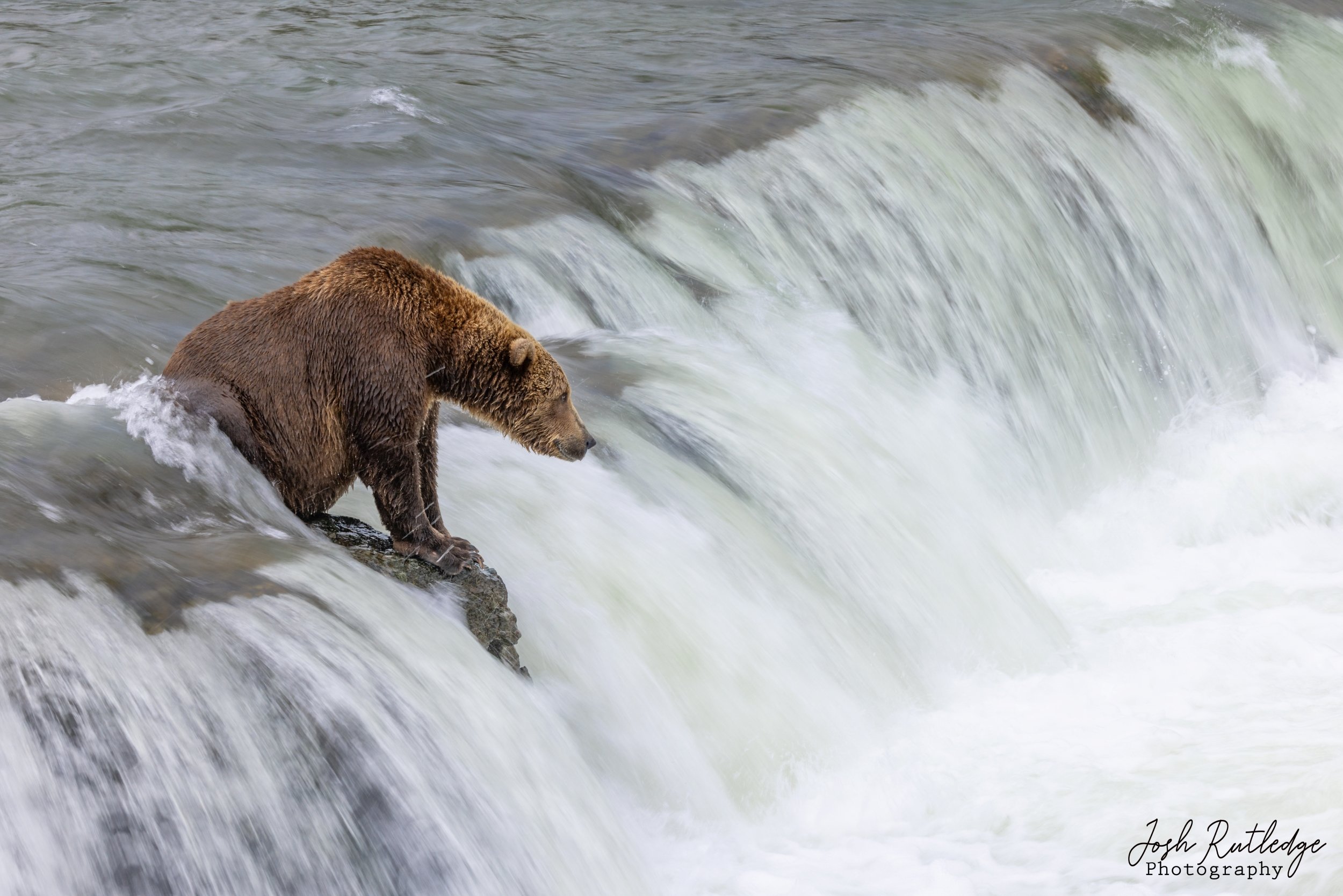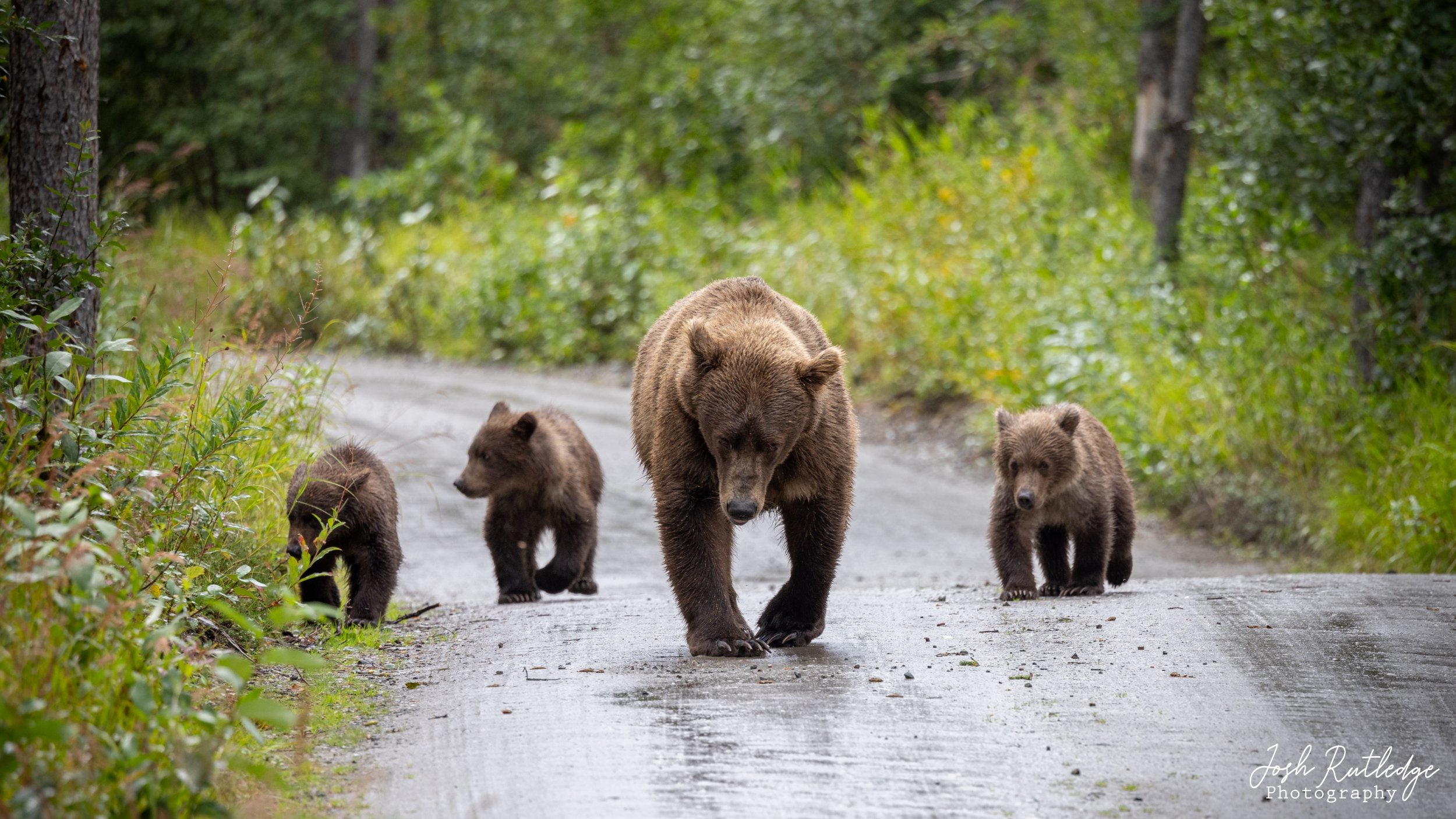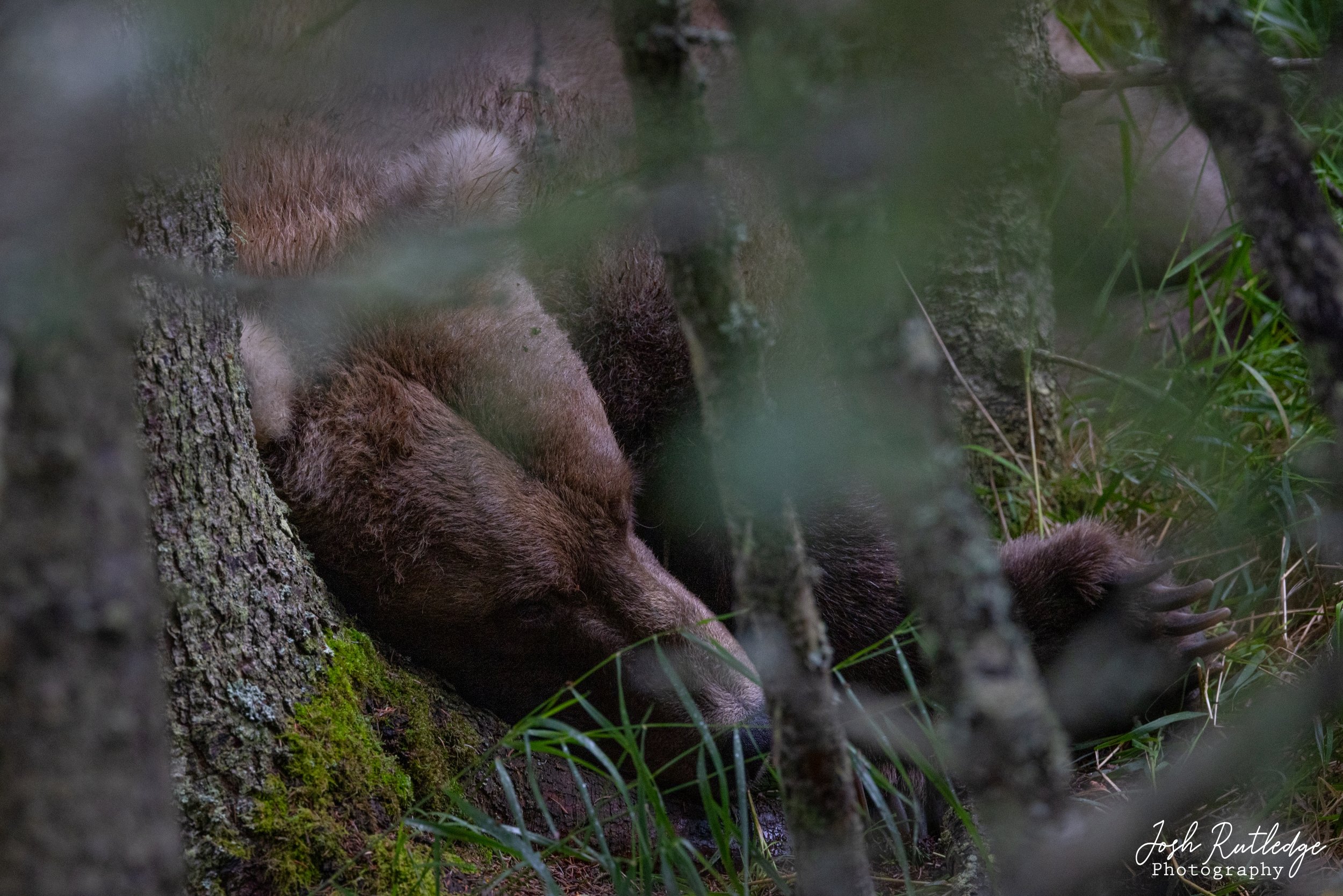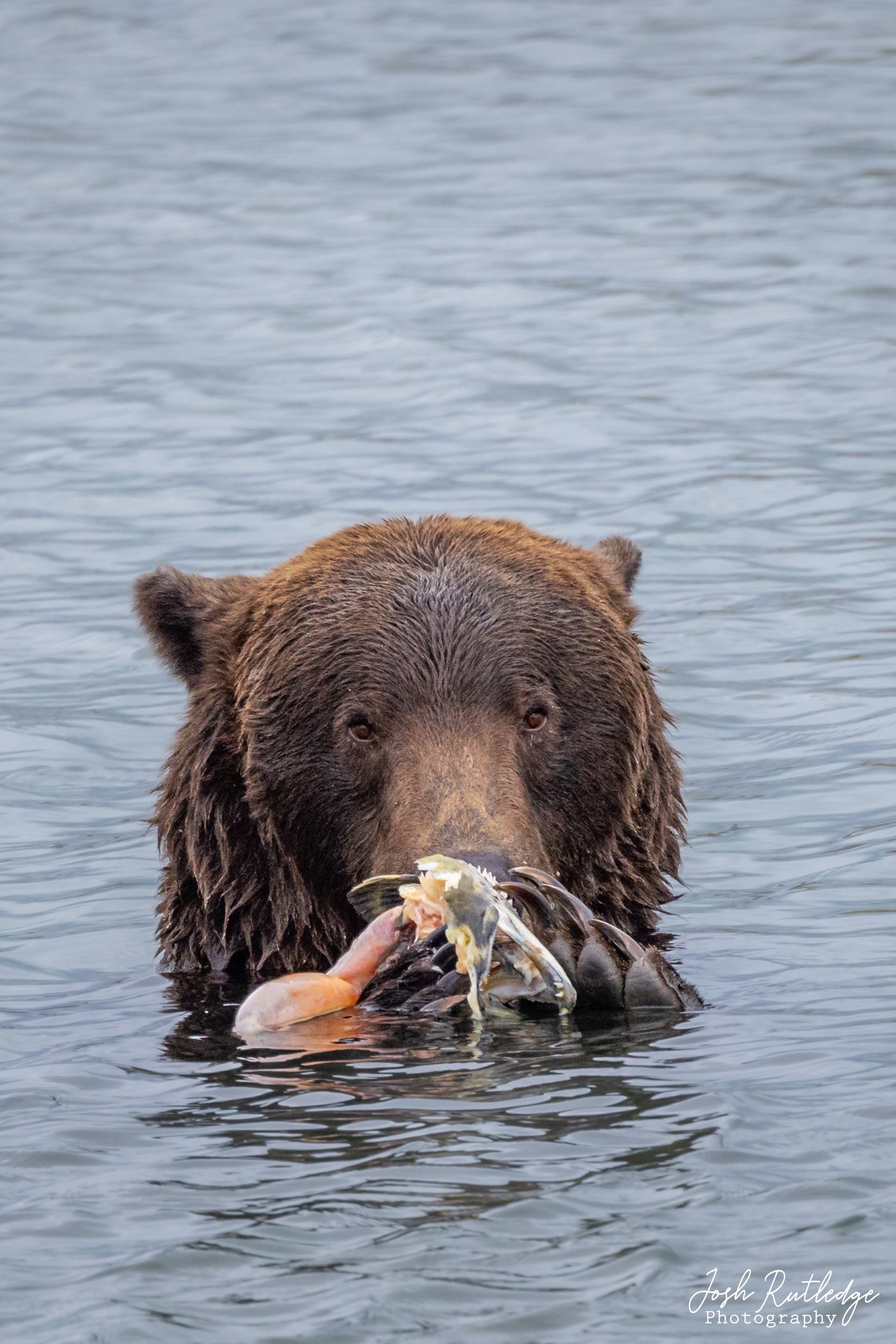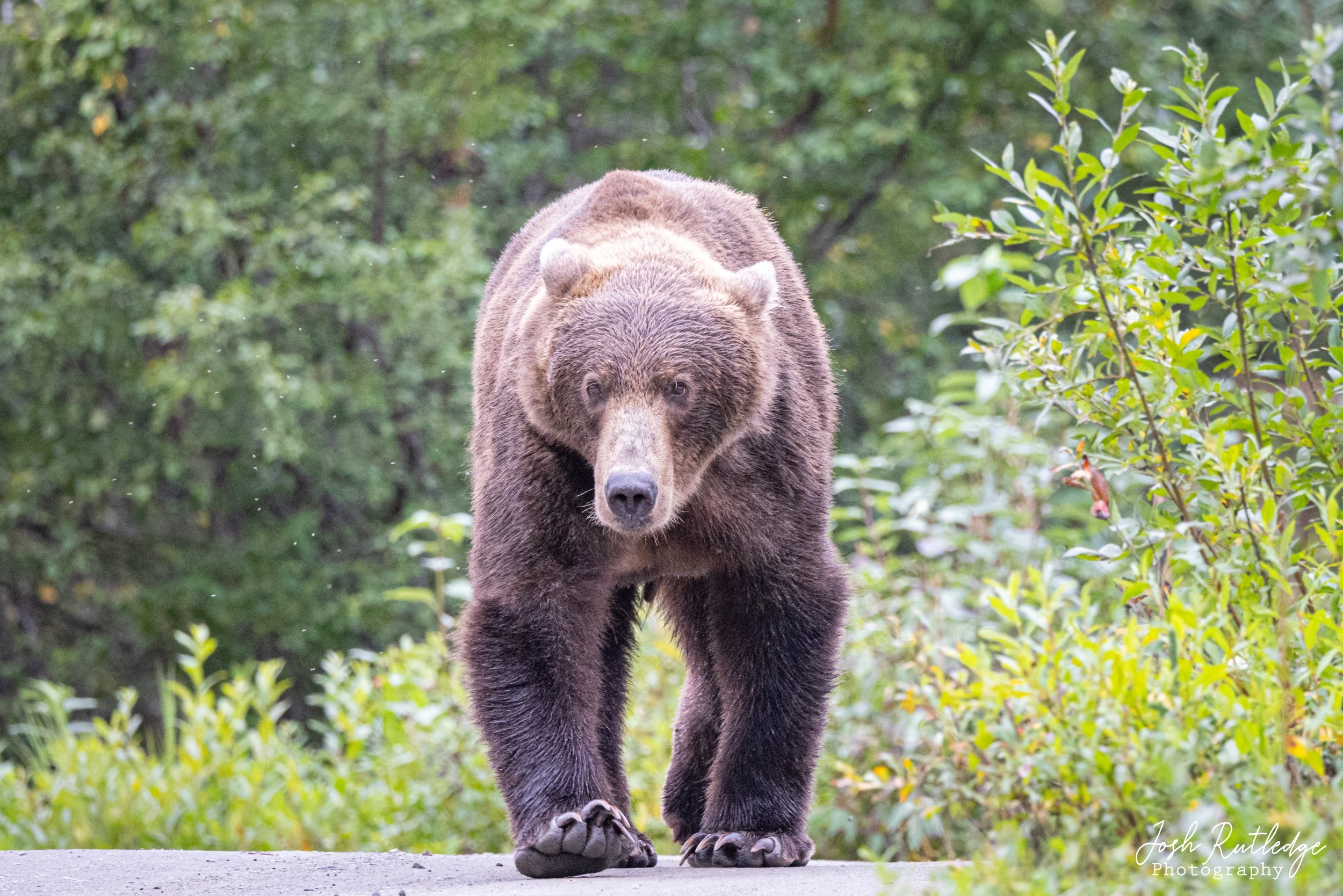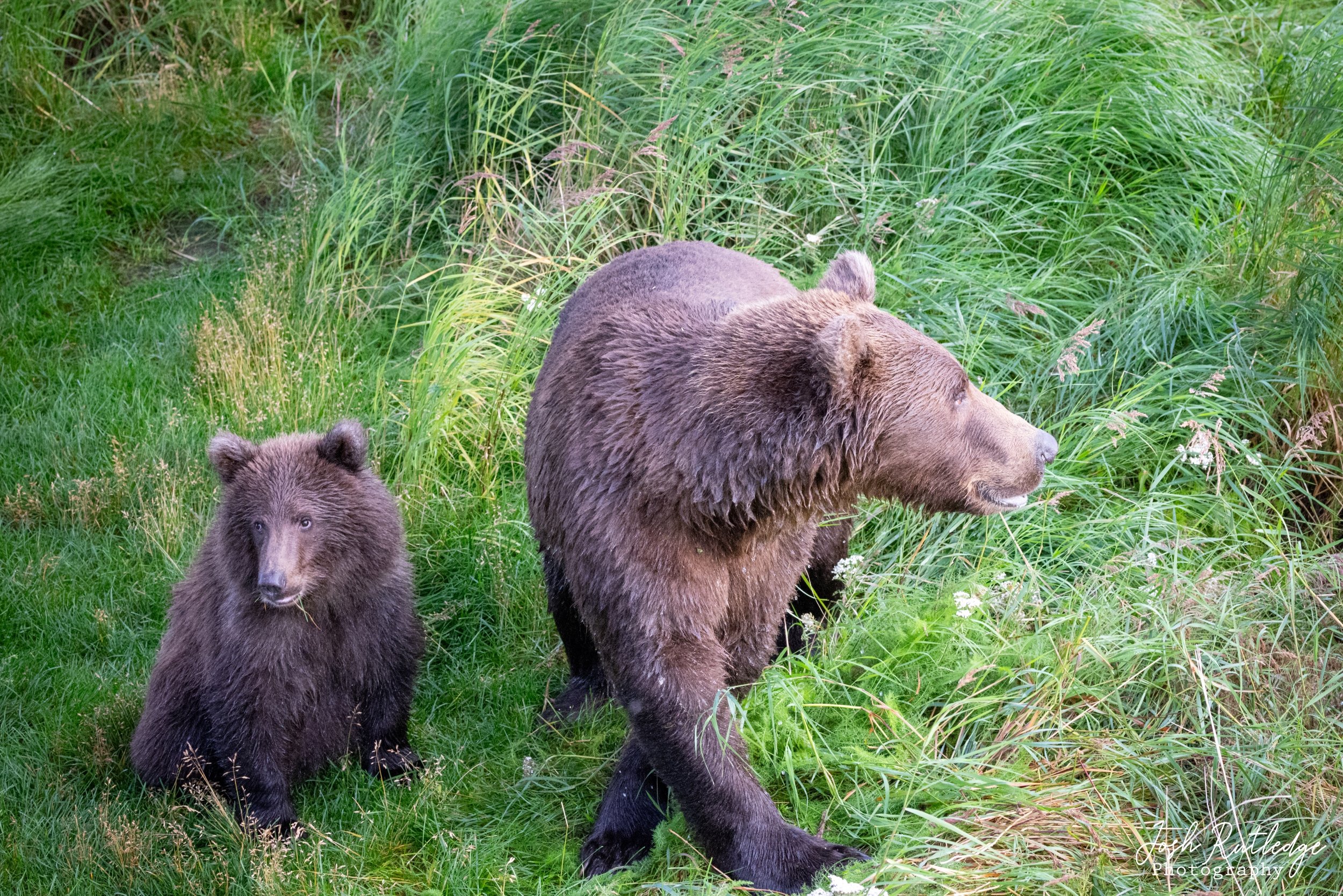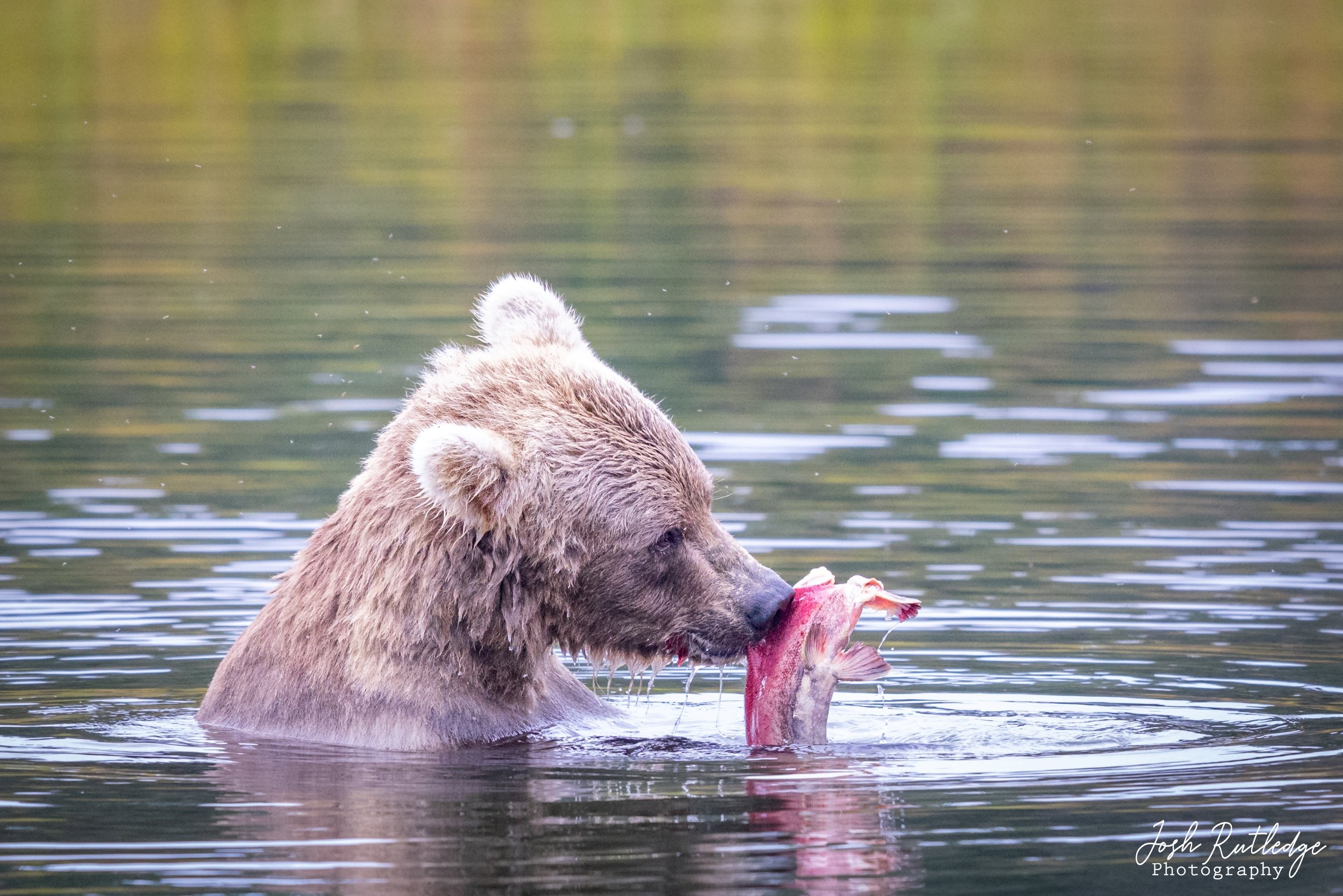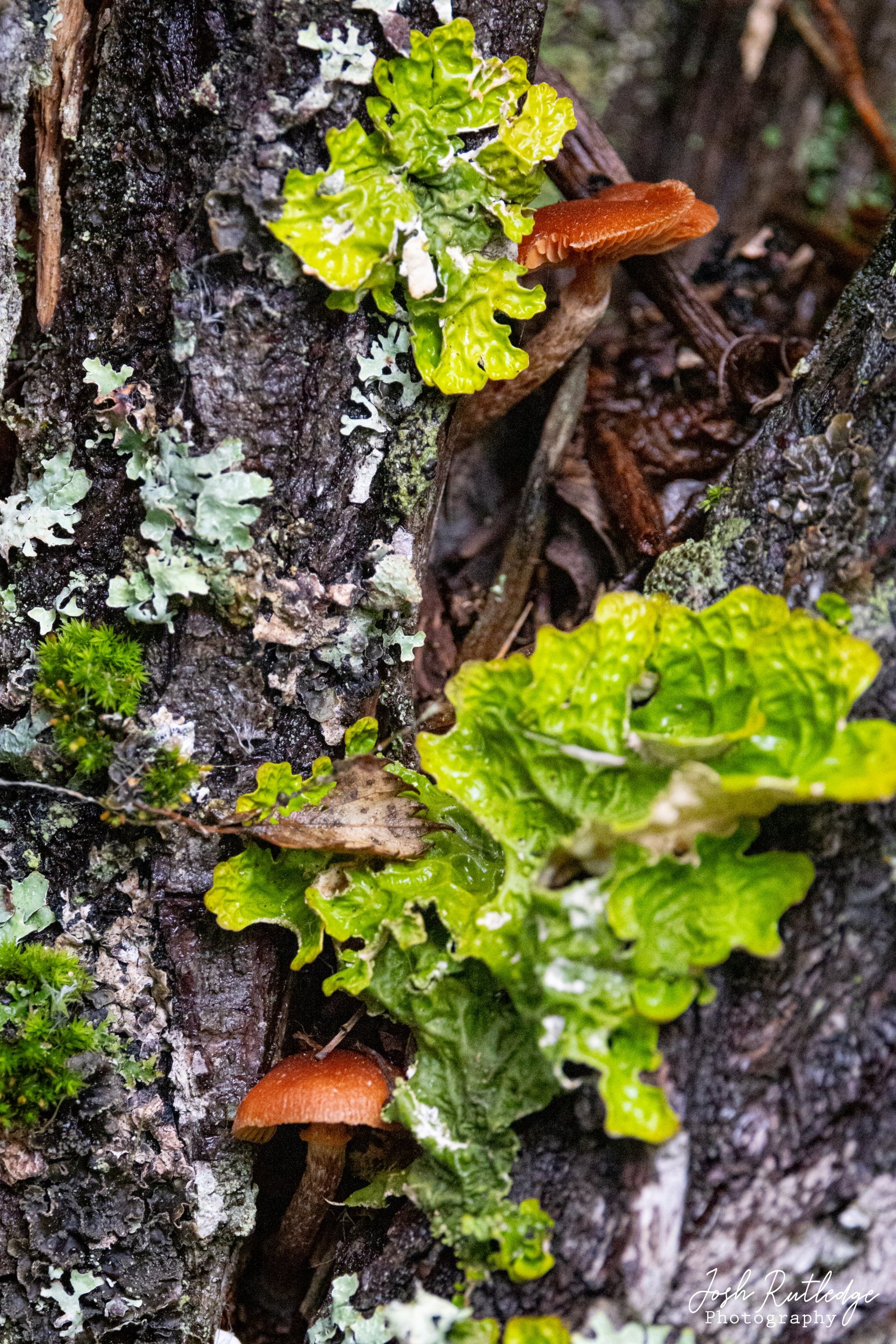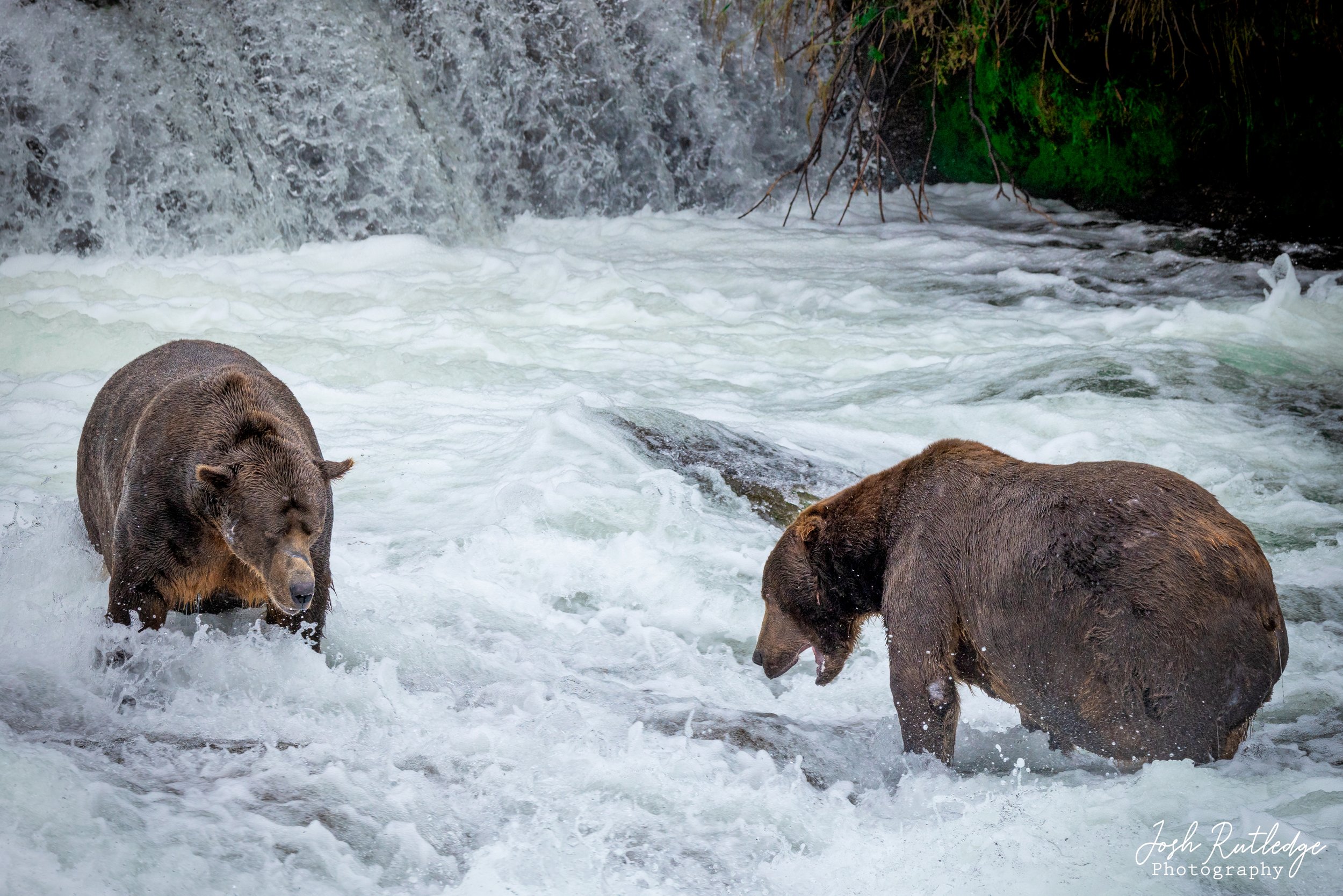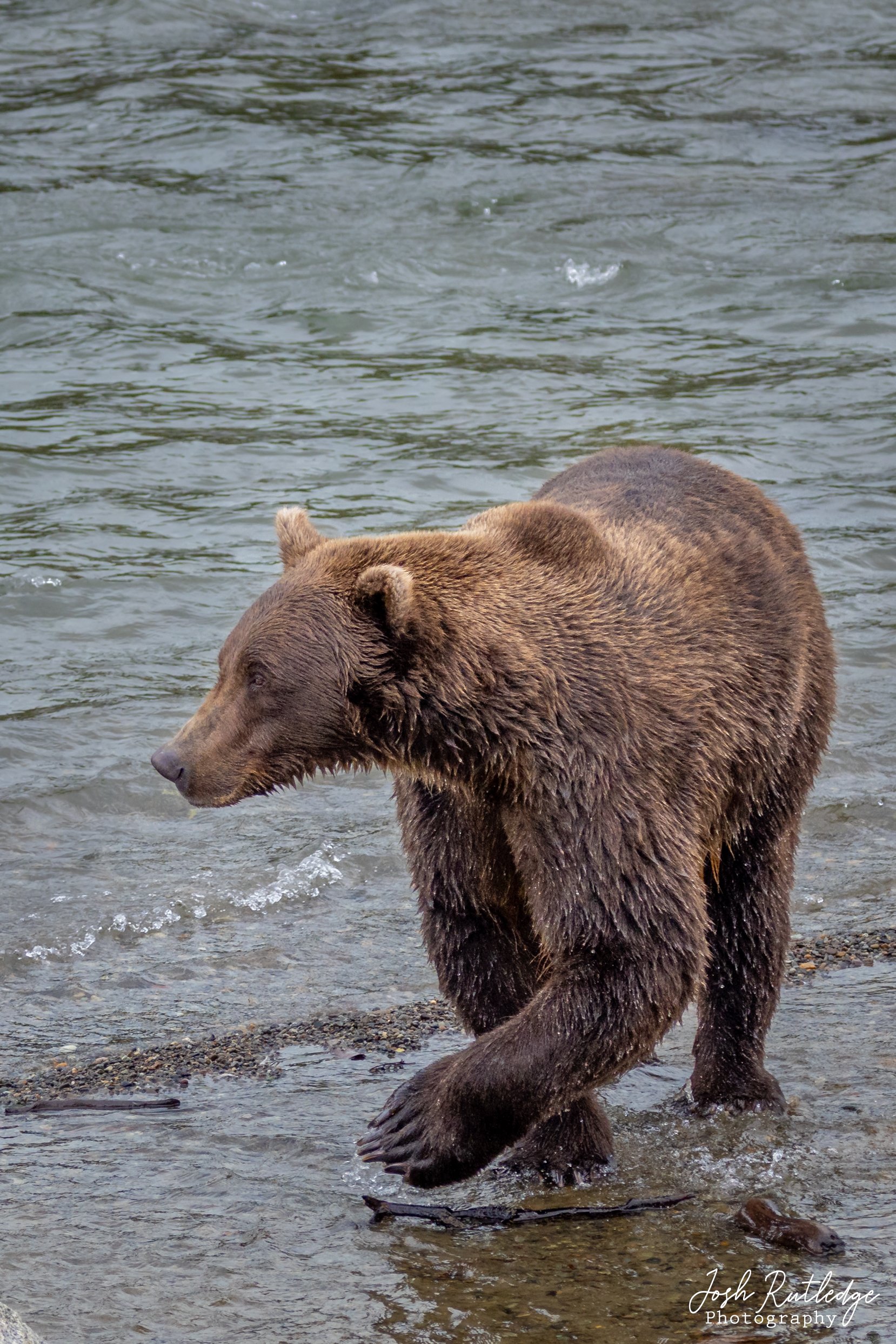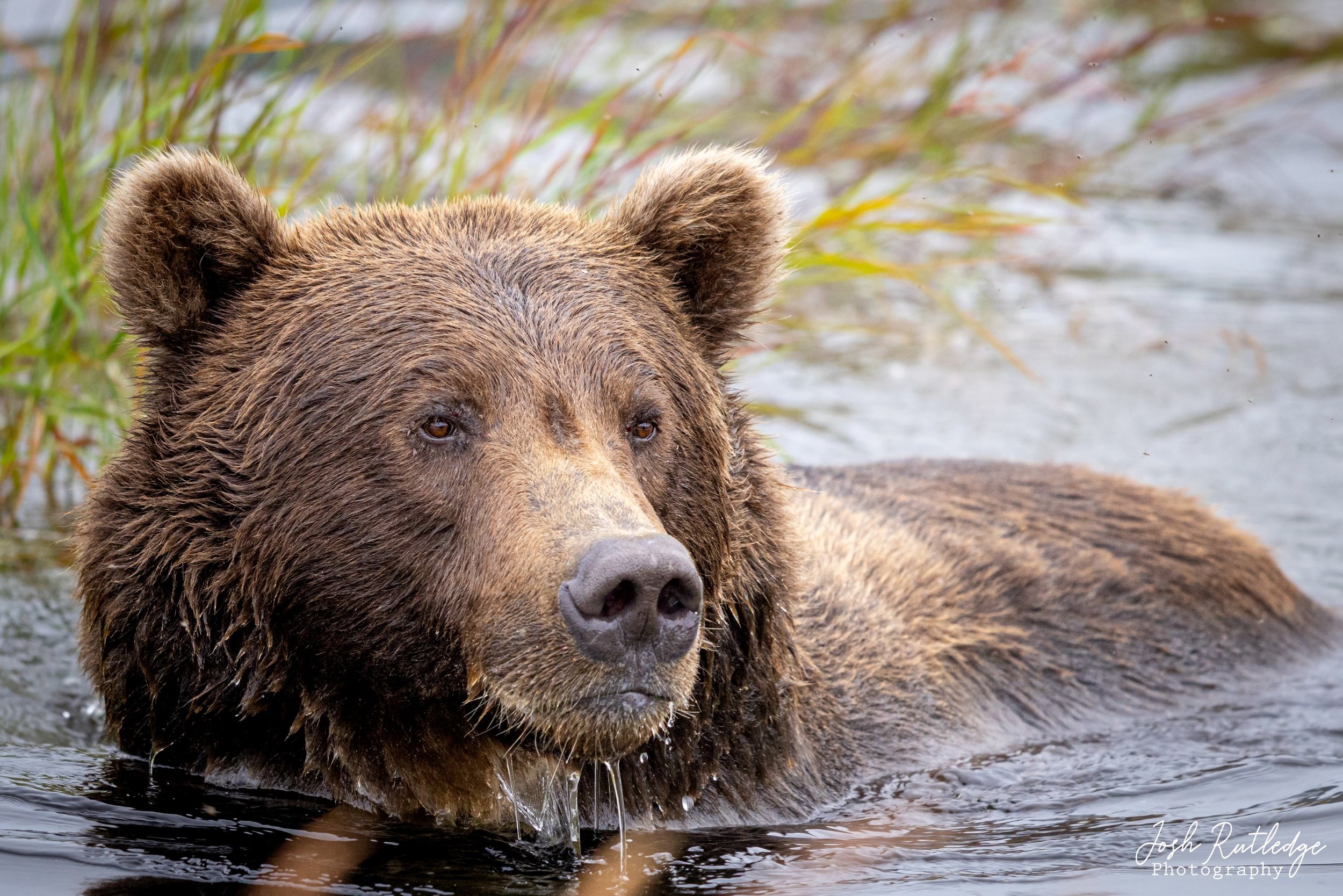Happy New Year’s everyone, welcome to 2024! I spent the last day of 2023 out exploring the Rocky Mountain Front with my sister Melissa. I have spent a fair amount of time over the years enjoying places across the front, but we decided to check out a couple of new places neither of us had been to before. Typically this late into winter most places along the front are not accessible, but with the warm dry winter we have had so far, most of the roads are still passable. So we thought we would take the opportunity to get into a few places while we had the day off. I do hope we start to get some snow soon however, or it could be a bad fire season and hard on our local waterways this summer.
The wooden sign marking the trail for the Falls Creek trailhead, Trailhead 229.
Our first stop was to explore Falls Creek, which is a tributary of the Dearborn River. In particular we were hoping to explore some of the waterfalls that give the creek its name. You can now access the Falls Creek trailhead, Trailhead 229, from the Dearborn Canyon Road. I say “now” because this is a fairly recent change. The area has a long history of use, but for many years the area was closed to the public due to a private land dispute. Recently however, with the help of RMEF (the Rocky Mountain Elk Foundation) this section of land was purchased and given over to the Forest Service to protect public access going forward. In full disclosure, I am a member of RMEF and I think they do great work when it comes to protecting wildlife habitat and public access.
An informational sign posted at the trailhead for Falls Creek.
The Dearborn Canyon Road can be found about 15 miles south of Augusta via Highway 434, and you turn right onto the road and go by Bean Lake. There are other ways you can access this area depending on which direction you are traveling from so you may want to check. Once you hit Bean Lake, you travel up the road another 3 or 4 miles and you will see a fenced off pull in area on your left with some Forest Service information signs and a pit toilet. You park there and the trailhead is clearly marked behind the signage (there is also a locked vehicle gate at the start of the trailhead.) The trail starts with a fairly steep climb up the side of the hill. Eventually it does level out and then you wind around through some small open meadows, pine forests and down through an aspen grove. When you climb up a short hill coming out of the aspen grove, you will come out on a little clear patch and you will see a smaller trail going off to the left, it is not marked, as of December 2023 anyway, but this is the trail to view the first waterfall. I meant to track the distance but I forgot, but I am guessing it’s maybe a half a mile or so from the trailhead to the first overlook. The main Falls Creek trail keeps going and will eventually take you past some other waterfalls. We did not keep going on this particular day, but I do plan to go back in the future to explore Falls Creek further.
Looking at the first falls from the overlook on Falls Creek. As always, you can select each photo for a larger view.
If you walk back up the hill a little ways from the overlook, you can get a more head on view of the falls.
A little tighter composition of the falls from the overlook.
From near the overlook of the first falls, there is another small trail that goes off and goes along the rim to the top of the falls. If you are careful, there is a place where you can make it down to the water at the top of the falls. Since it was icy, we decided it was not worth the risk. If you keep taking this small trail that stays above the creek, you will eventually come to a really cool gorge cut out of the rock. This was a nice surprise as I had not seen anything about this before in my research. The green water and colorful rocks reminded me a lot of the Avalanche Creek Gorge in Glacier National Park. It looks as though the trail did keep going along the creek towards the gorge, but we hit a long ice field near the gorge and decided it was not safe to proceed. We walked back to the main overlook for one more look at the falls and then headed back to the trailhead.
A view closer to the falls from the trail that follows above Falls Creek.
A view of the gorge on Falls Creek with the green water cutting through the rocks.
Looking more up through the gorge to see another small waterfall through the rocks.
We ate a quick lunch and then drove the rest of the way up the Dearborn Canyon Road to see where the road ends at another trailhead, Trailhead 206. This trail will take you along the Dearborn River and eventually into the Scapegoat Wilderness if you travel far enough. Once we found the end of the road, we drove back out to the main highway, 434, and drove North a few miles back towards Augusta until we found the Elk Creek Road to our left. Our destination up Elk Creek was Cataract Falls.
The wooden sign for Cataract Falls, Trail 237.
To find Cataract Falls is pretty easy, you just keep driving Elk Creek Road until you can’t go any farther. The road goes in quite a ways and you pass just below Haystack Butte which makes for a scenic route. The road was pretty rough in a few places so you might want a higher clearance vehicle depending on the road conditions. The road will dead end at a trailhead and there are places to park and a pit toilet. This trailhead is Trailhead 205 and will take you to Steamboat Mountain among other possible locations in this area. You do not actually need to go on the trail however, the trail to Cataract Falls is actually to your left, across the creek, as you are looking at the trailhead sign. If you look across the creek from the parking area you will see a small wooden sign that says Cataract Falls with an arrow. You do have to cross the creek and a couple of other smaller creeks, so depending on what time of year you are there, you might want to keep that in mind. Since we were there so late in the year, the water in the creeks was pretty low, so we were able to walk on the rocks and did not have to worry about getting wet. One of the smaller creek crossings however was very icy, so we had to be careful.
If you keep going past the trail to the falls you can eventually meet up with one of the trails coming off the main trailhead.
The “hike” to Cataract Falls is very short, and other than the creek crossings, very easy. There is only a small elevation gain and the falls are probably only a quarter of a mile or so from the parking area. If you keep following the trail you will eventually find yourself going into a box canyon and at the end is Cataract Falls cascading down the cliff face. I am not actually sure how tall the falls are, but it is rather significant. I was having a hard time trying to capture the scale with my camera.
I failed to capture a wider shot of the falls and the cliffs as you approach, so I grabbed this still from a video off my GoPro.
Looking up Cataract Falls. Remember you can select photos for a larger view.
I walked over some boulders across the creek to get a little different perspective of the falls.
I wanted to zoom in on some of the ice features to capture more details.
Given the time of year, the falls was a mix of frozen features as well as free flowing water. I thought it was about a perfect combination of both. I have been told that on colder winters when the falls is completely frozen people use it as an icing climbing location. Since we had the falls to ourselves we spent a fair amount of time taking in the scene before heading back to the parking lot. We had thought about maybe checking out a couple of other places on the front, but with the short winter days we figured it was probably time to start heading back home. Other than a quick stop at the Lowry Bridge recreation site to look around, we head straight home.
We had a great time exploring and definitely found some new areas to go back and explore further. For the new year I am thinking about maybe starting a newsletter so I can notify everyone when a new blog comes out or if I am out having any adventures people want to follow me along on. If you are interested, please use my Contact page and let me know! I promise not to spam you with anything else.
Again, Happy New Year’s to everyone! I hope you continue to follow my blog to see what I am up to next.
A short video featuring some footage of Cataract Falls and still images set to music.
A short video of the falls on Falls creek along with some still images set to music.


